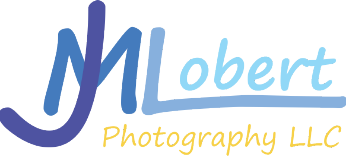Jürgen Lobert is a Massachusetts-based fine art photographer and educator, born and raised in Germany. He received a Ph.D. in atmospheric chemistry before moving to the US in 1991.
Jürgen specializes in night photography, daytime long exposures, urban exploration and infrared imagery.
He has been taking photos since his early 20s, mostly using color negative or slide film. He adopted digital cameras in the late 1990s and found Nikon cameras to be most suitable for his work. Jürgen started embracing night photography after taking a course at the New England School of Photography in 2011, advanced his skills quickly and enjoys the technical aspects as much as the artistic vision required.
Jürgen started organizing night photo events through Meetup groups in 2012 and founded the Greater Boston Night Photographers Meetup in 2013. Along with organizing some 40 photo shoots annually, he also presents at international camera clubs, serves as a photo competition judge and organizes professional tours and workshops.
Jürgen is a Master Member of the New England Camera Club Council (MNEC), a member of the Photographic Society of America and the Professional Photographers of America. Jürgen was an instructor at the New England School of Photography (NESOP) from 2017 to 2019 and has been teaching at the Griffin Museum of Photography since 2021.
Jürgen’s photography expertise is published on his own Patreon channel and in camera club newsletters. His artwork is in the permanent collection of the Art Complex Museum in Duxbury, MA and private collectors.
Jürgen finds profound peace in roaming the nights in remote places. Capturing the element of time is the most intriguing part, where clouds become bands, cars are bright streaks in the roads, people disappear, stars form trails in the sky and water smooths over to a mirror finish. Night and daytime long exposure photography transform the familiar and create serene views of our surrounding, revealing beauty in the mundane, which we often rush by, but rarely acknowledge in its potential. Infrared adds false colors and tonality. The resulting images are otherworldly, hauntingly beautiful and serene lightscapes.
